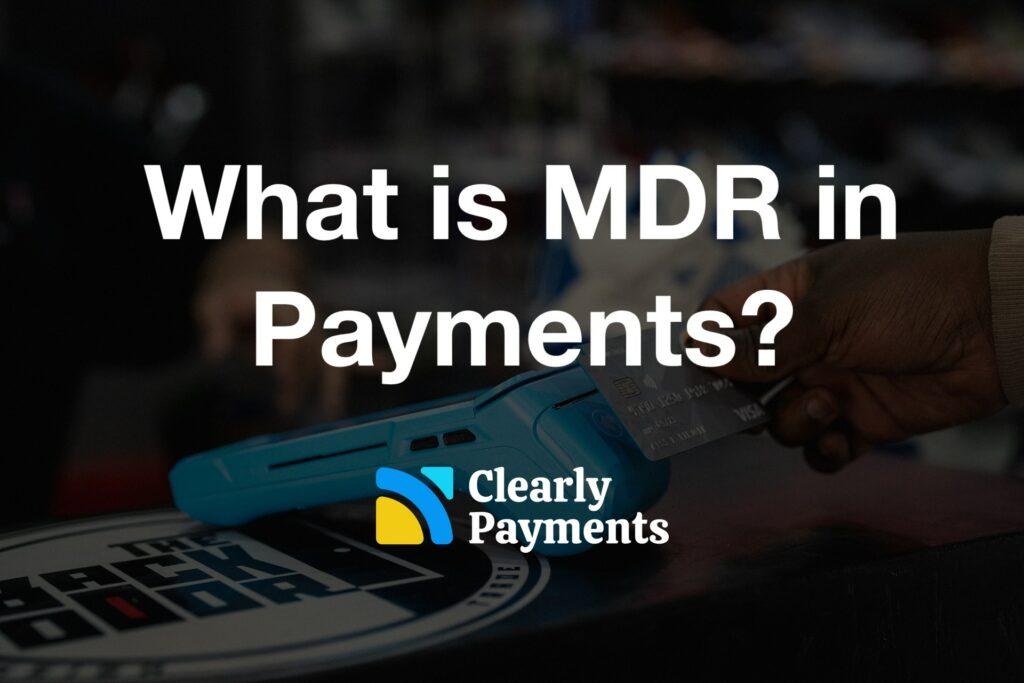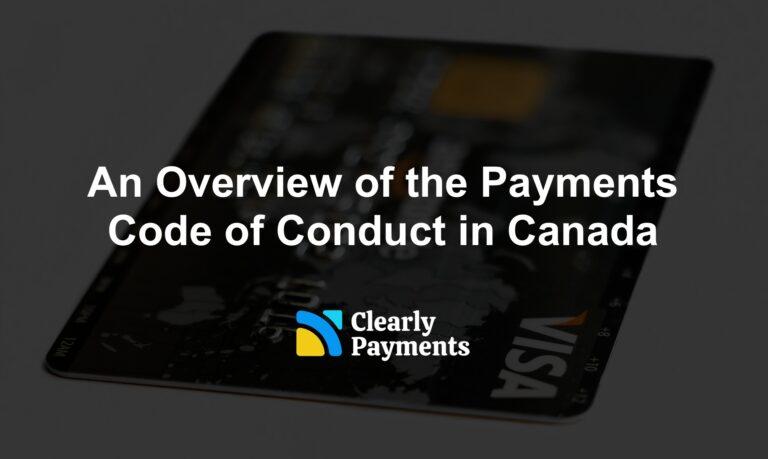Credit card processing companies have developed various pricing models for processing credit card transactions. A key cost in credit card processing are interchange fees, which are paid to issuing banks and credit card networks.
To ensure profitability and cover interchange fees, payment processors establish rates that encompass these costs. However, the use of the Merchant Discount Rate (MDR) in the tiered pricing model has raised concerns, and we will cover the reasons why in this article.
MDR, although widely employed, has become a subject of scrutiny and debate within the payment processing industry. It lacks transparency, prompting a call for alternatives that offer merchants more clarity and fairer pricing structures. Throughout this article, we will explore the shortcomings of MDR, why merchants should avoid it, and the best pricing models that better serve businesses in payment processing.
The definition of MDR (Merchant Discount Rate)
Merchant Discount Rate (MDR) is a fee charged by some payment processors for accepting debit and credit card payments. The merchant discount rate doesn’t actually refer to any type of discount. That’s what makes the term quite confusing.
An MDR is a percentage of the transaction amount which is a fee charged to merchants, typically used in the tiered pricing model. The merchant discount rate is typically between 1% and 3%. Read more about MDR and how it is used in tiered pricing below.
Pricing models used by payment processors
When it comes to payment processing, businesses have several pricing models to choose from. Each pricing structure offers its own advantages and considerations, catering to different business types, transaction volumes, and priorities.
In this article, we will cover the three common pricing models: tiered pricing, interchange plus pricing, and flat fee pricing. By understanding the nuances of these models, businesses can make informed decisions to optimize their payment processing costs and efficiency. We also have another article that does a deep dive on payment processing fees and pricing.
Tiered Pricing
Tiered pricing is a widely used pricing model in payment processing. It categorizes transactions into different tiers or buckets based on various criteria, such as transaction type, card type, and volume. Each tier has a predetermined fee structure, typically consisting of qualified, mid-qualified, and non-qualified rates.
Qualified transactions, meeting specific criteria, attract the lowest fees, while mid-qualified and non-qualified transactions incur higher fees. This model offers simplicity, especially for businesses with predictable transaction patterns. However, tiered pricing lacks transparency, as the criteria for tier classification vary between payment processors, leading to potential confusion and higher costs for certain transactions.
Qualified transactions will pay the MDR, for example 1.50%. The problem with tiered pricing is that many processors will mislead merchants to think they will always be paying 1.50%. Some payment processors will heavily advertise the MDR rate as the standard rate. However, this cannot be further from the truth. Each processor can independently define what a “qualified” transaction means. A qualified transaction might only happen a few times out of a thousand. This is the problem that many merchants find themselves in. Even worse, once they find out and want to switch, they realize they have to pay a hefty cancellation fee.
Interchange Plus Pricing
Interchange plus pricing is a transparent and detailed pricing model that separates the interchange fees set by card networks from the payment processor’s markup. Under this model, businesses are charged the actual interchange fee plus a fixed markup, typically a percentage of the transaction value and a per-transaction fee. This is the pricing structure that TCM uses and recommends.
This structure provides businesses with a clear breakdown of costs, allowing them to assess the impact of interchange rates on their payment processing expenses. Interchange plus pricing offers flexibility and transparency, making it suitable for businesses with high transaction volumes, varying card types, and a desire for cost visibility. However, the complexity of interchange rates and understanding the markup can require more detailed analysis and negotiation with payment processors.
Flat Fee Pricing
Flat fee pricing simplifies payment processing costs by charging a fixed fee for each transaction, regardless of transaction type, card type, or volume. It eliminates the complexity associated with tiered or interchange-based pricing structures and offers predictability in payment processing expenses.
This model is especially popular among small businesses and startups with low transaction volumes or businesses seeking simplicity and ease of use. However, flat fee pricing may not be the most cost-effective option for businesses with high transaction volumes, as the fixed fee structure may result in higher costs compared to interchange plus pricing for certain transactions.
The reason merchants should avoid MDR
Tiered pricing was initially introduced in the payment processing industry with the aim of simplifying processing rates for merchants and enhancing their understanding. However, over time, it has become increasingly confusing, often due to misleading advertising practices surrounding this pricing model.
Critics of tiered pricing have been vocal about its drawbacks, leading to the gradual rise in popularity of interchange-plus pricing, which offers greater transparency and fairness in determining processing rates.
Despite the growing awareness of alternative pricing models, a significant number of merchants in the USA and Canada continue to be on tiered plans. This can be attributed to a lack of information about other options or simply a lack of concern about potentially higher costs. However, it is important for merchants to be proactive and avoid the pitfalls of tiered pricing.
If you find yourself on a tiered plan, it is advisable to contact your payment processor and inquire about switching to an interchange-plus plan or just contact TCM. This may require some negotiation, but it is worth exploring to ensure you have a more transparent and cost-effective pricing structure.
In the payment processing industry, there are multiple rate plans available to merchants. Among the major options, two of them offer specific advantages tailored to different business profiles: flat rate pricing and interchange plus pricing. However, tiered pricing is an exception as it does not provide any inherent benefit to merchants. Its primary purpose is to generate more revenue for the payment processor, without offering meaningful advantages to businesses.
Accept payments with TCM
- Lowest-cost processing in the industry
- Fund transfers in less than one day
- A full set of payment products to accept payment anytime, anywhere
- World-class customer service




